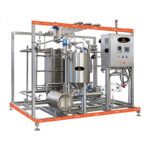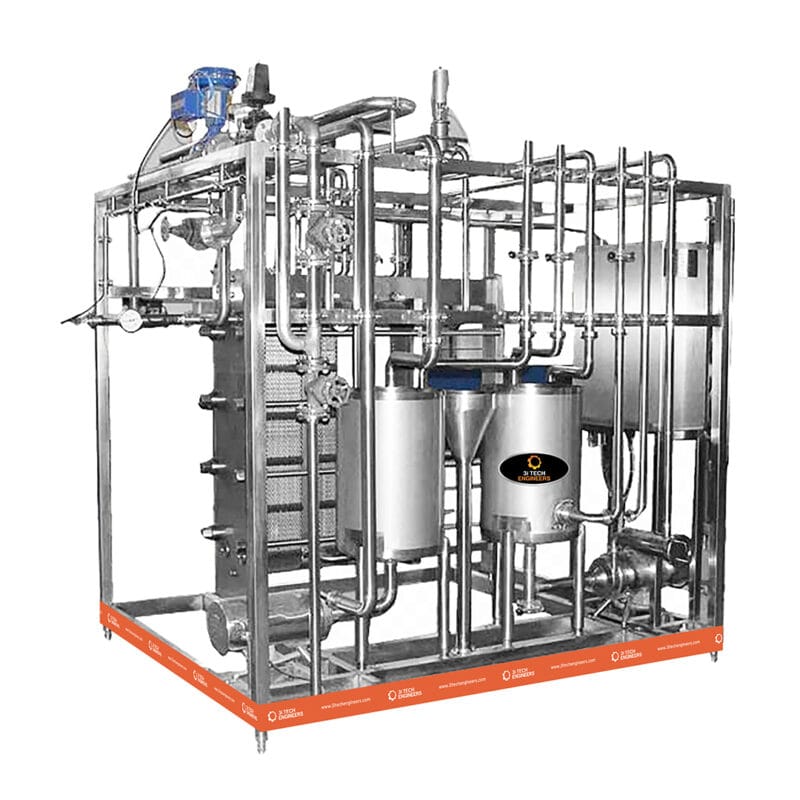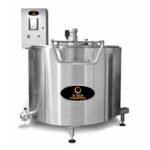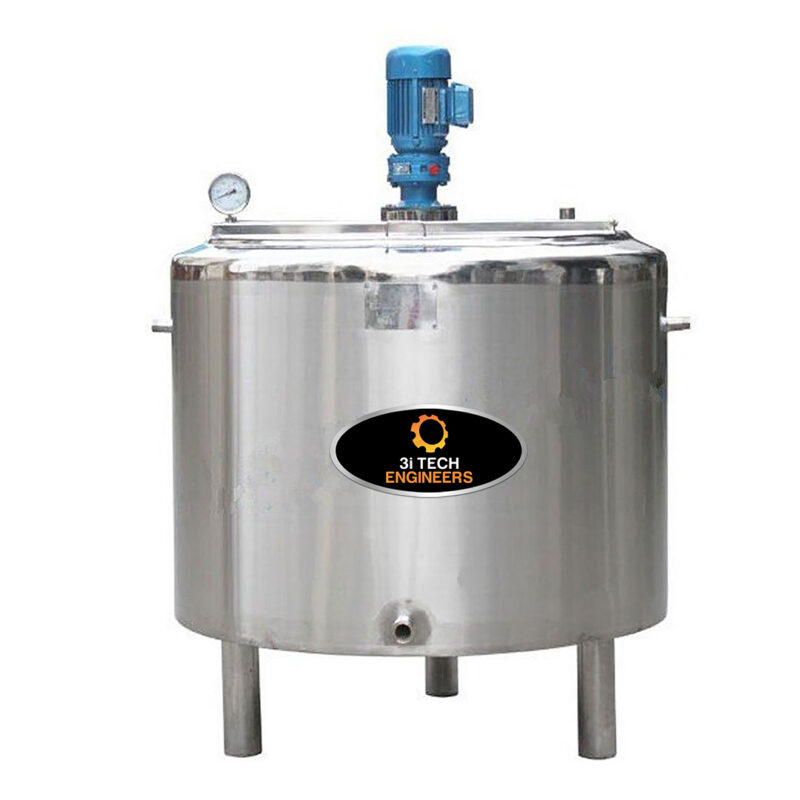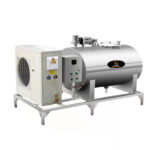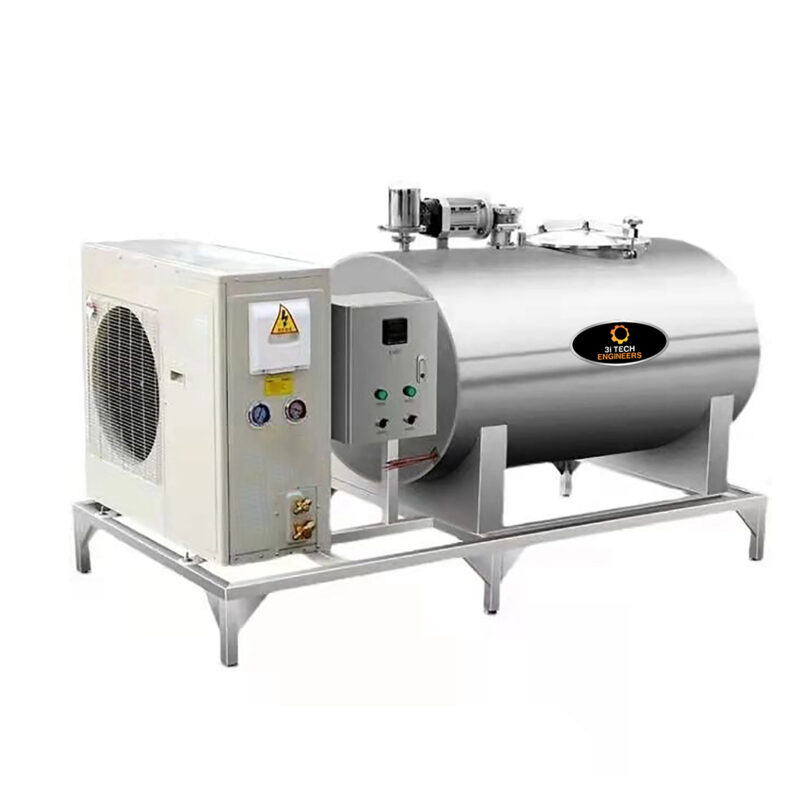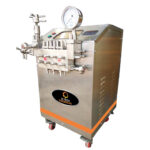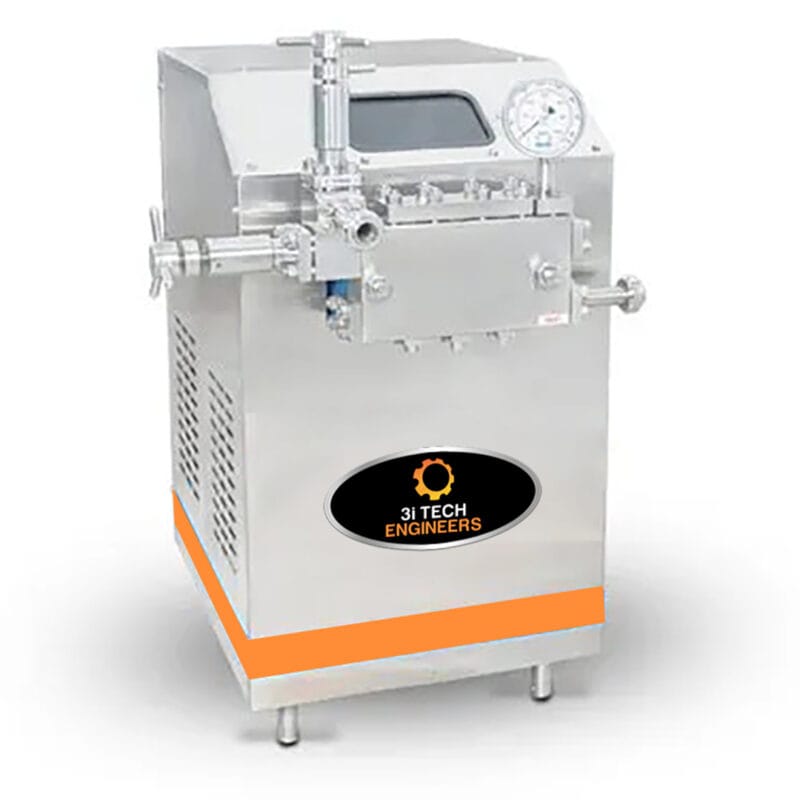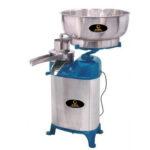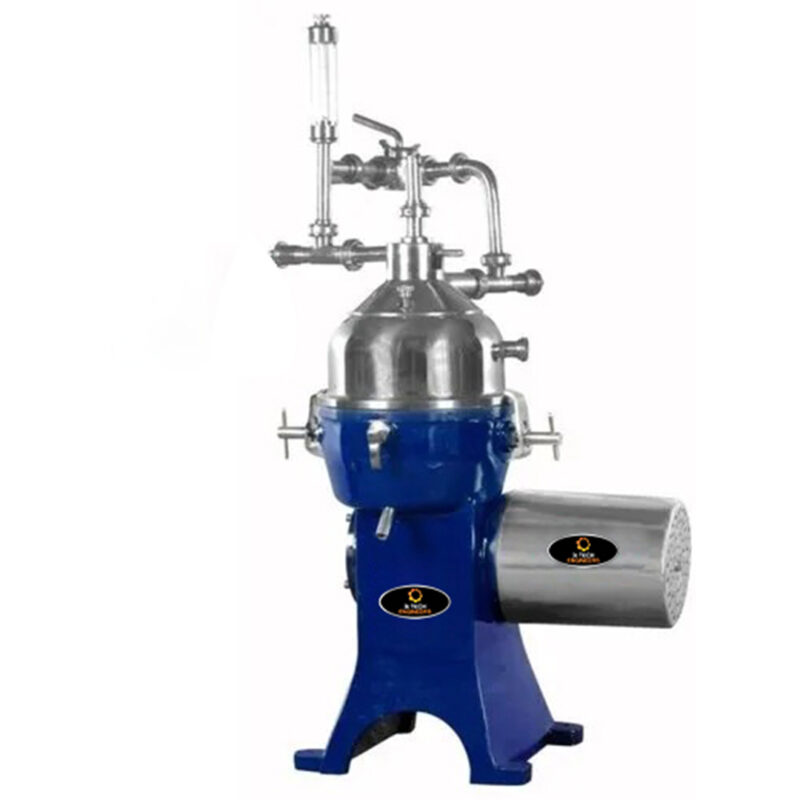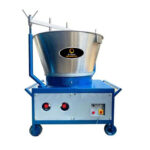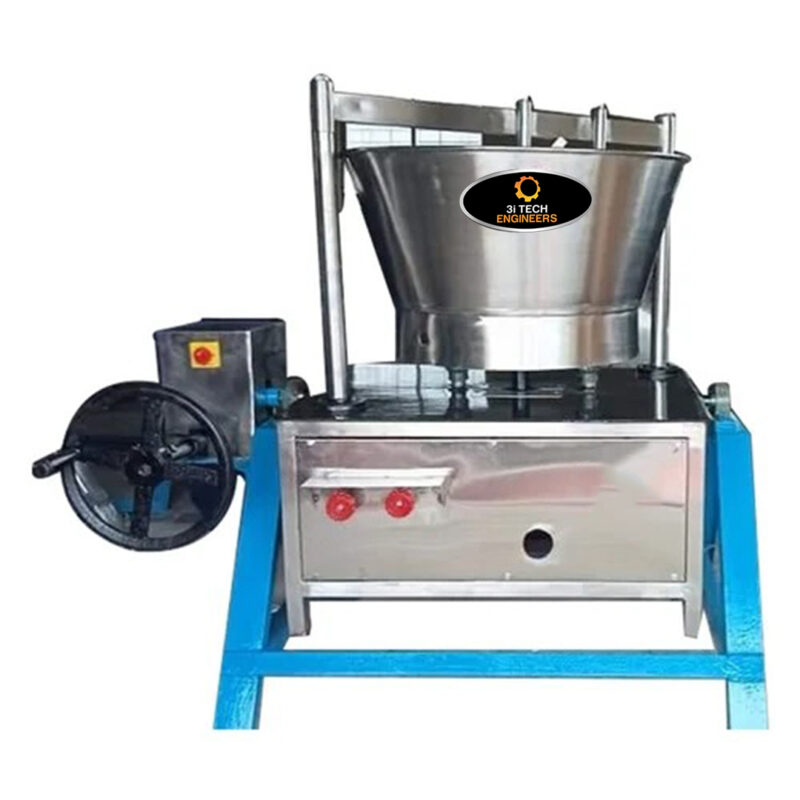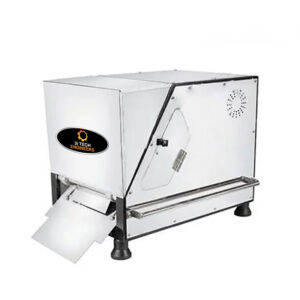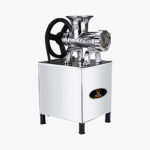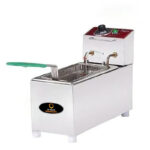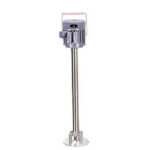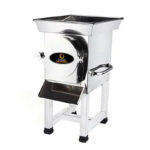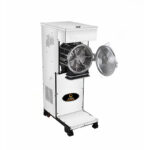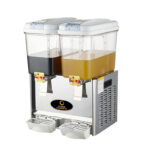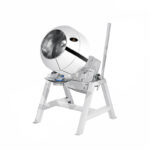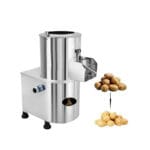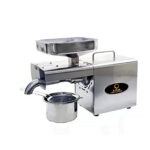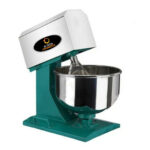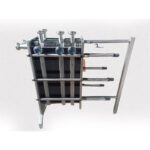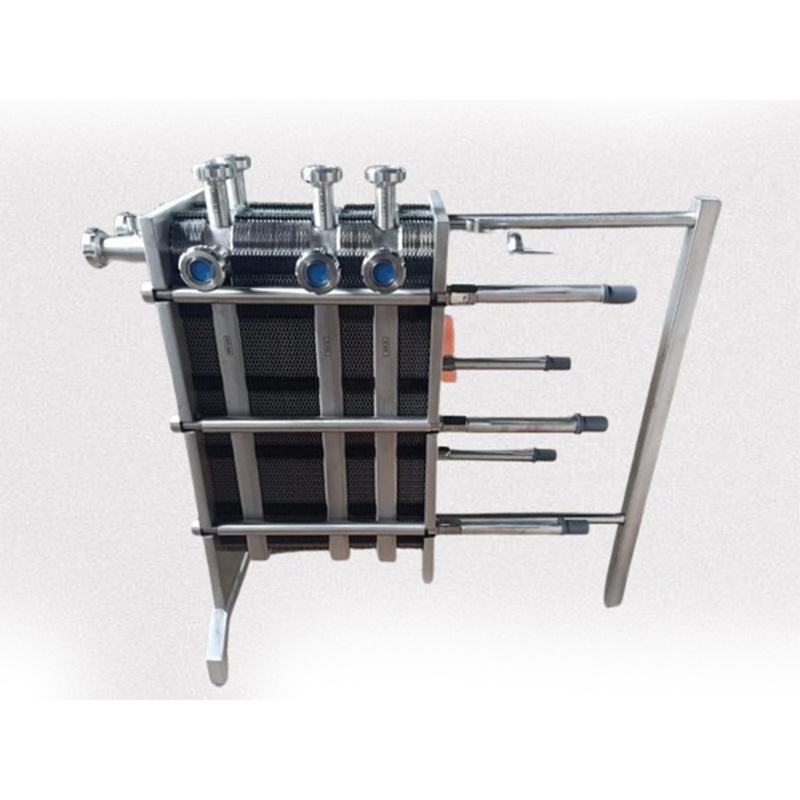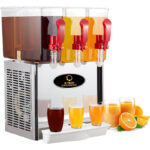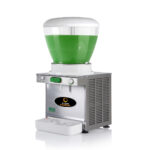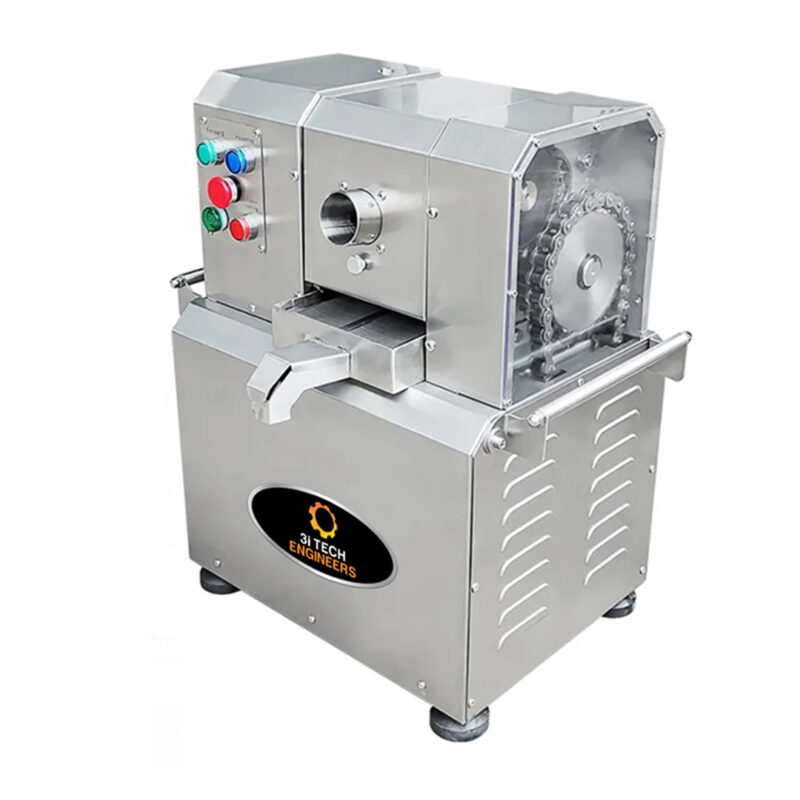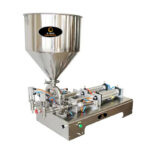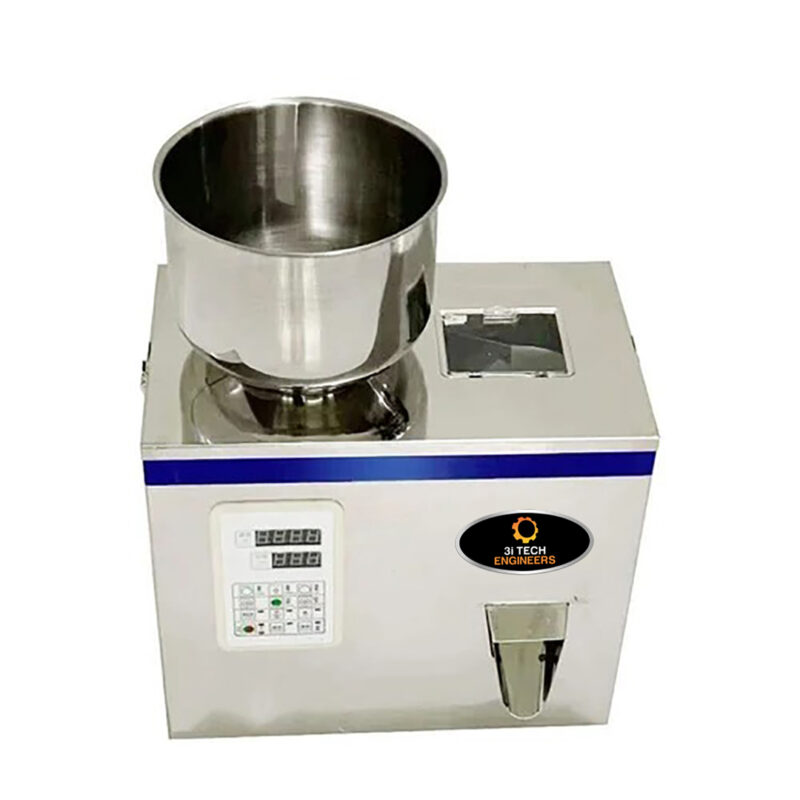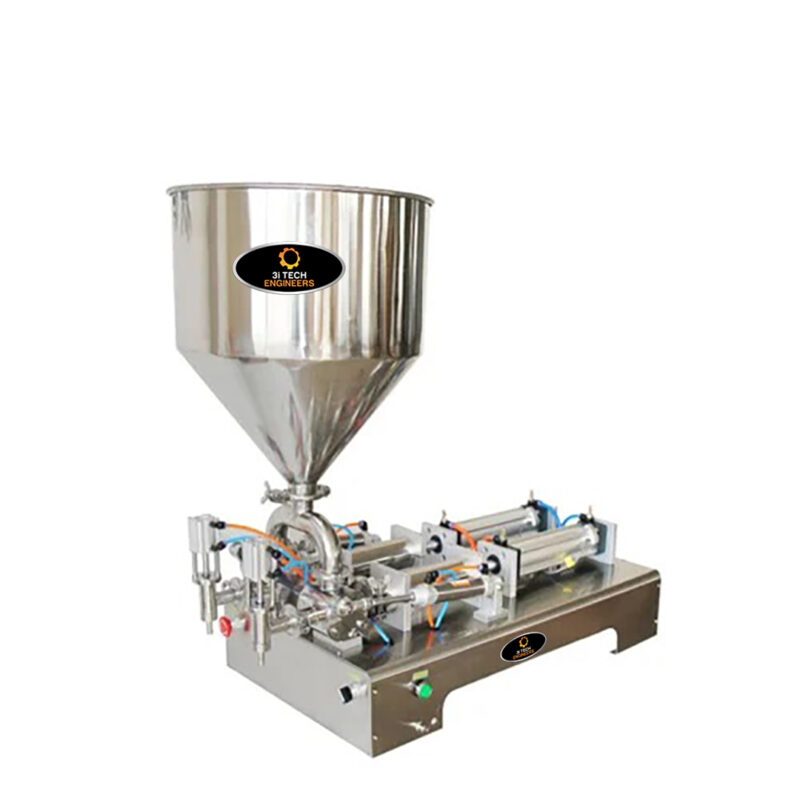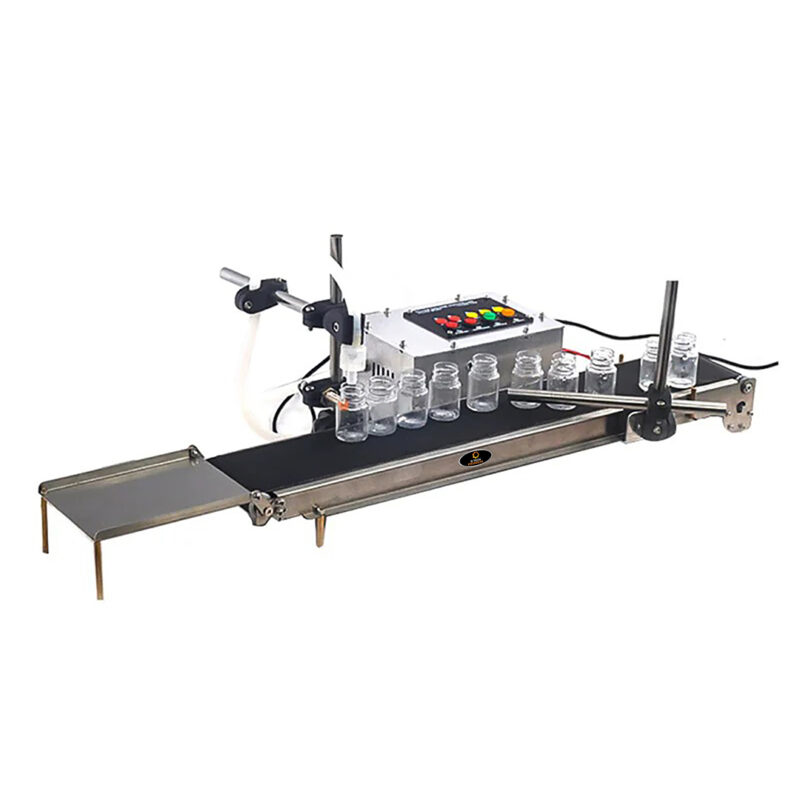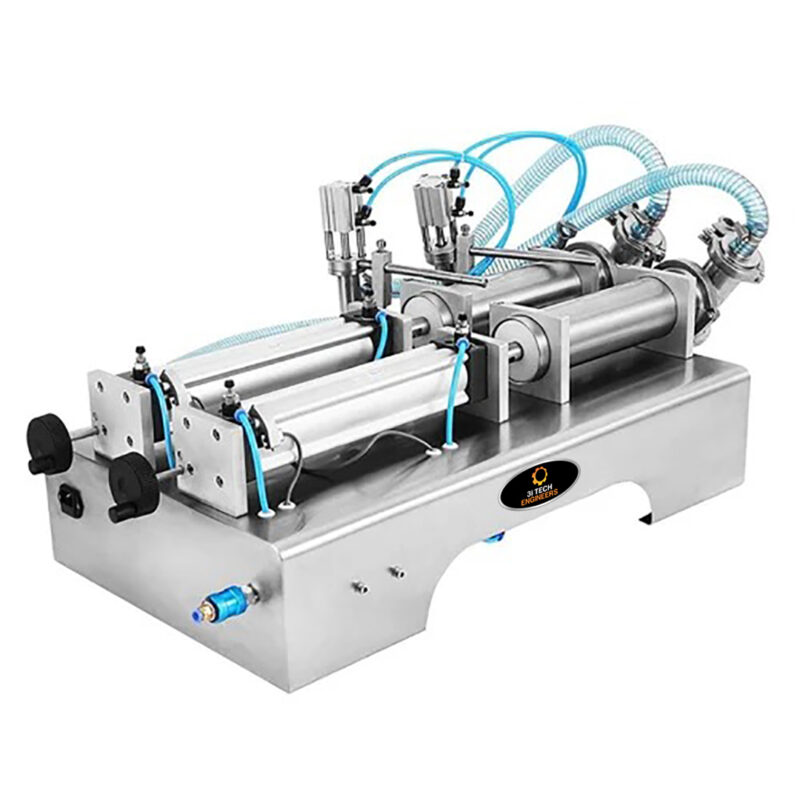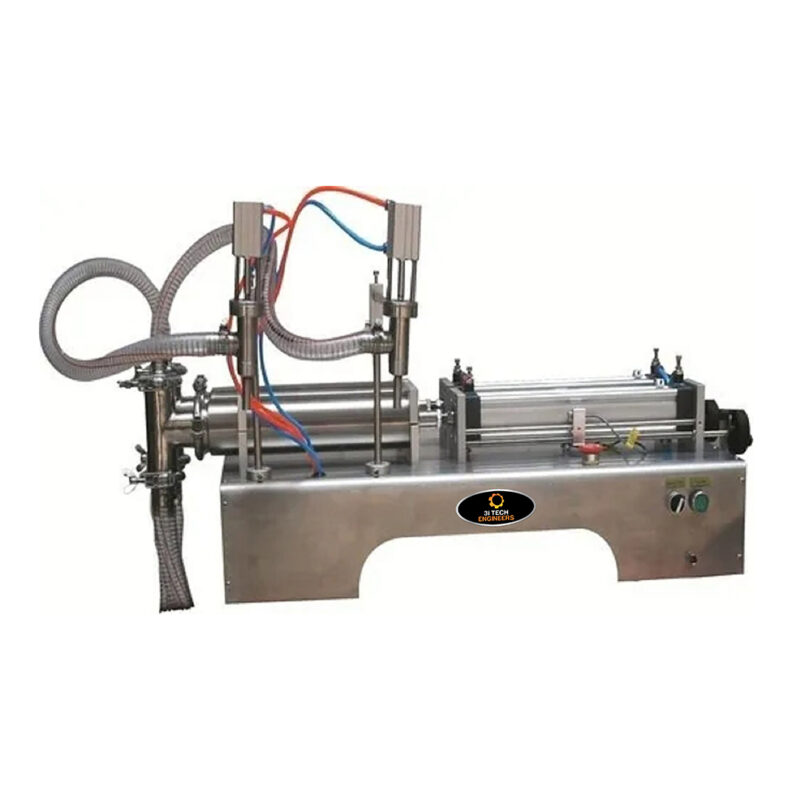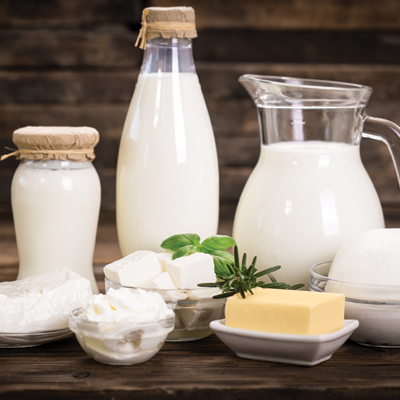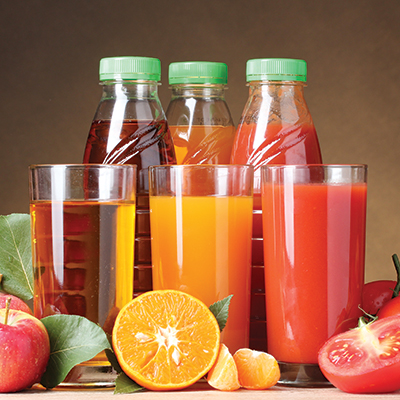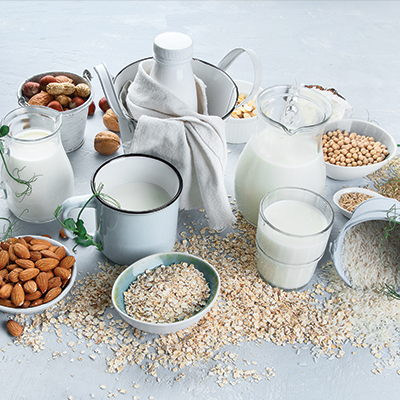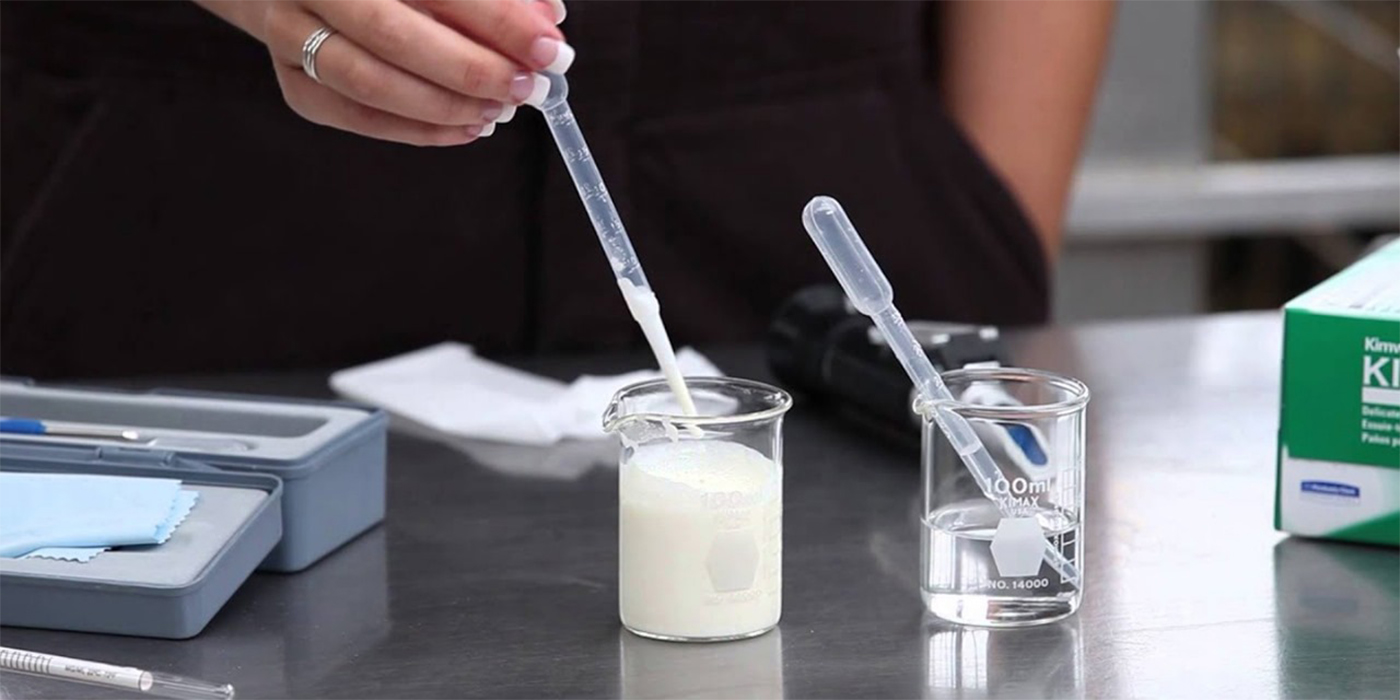In today’s world, where purity is often compromised for profit, ensuring the quality of the milk we consume is paramount. Milk, a staple in many households, is cherished for its nutritional value. However, the unfortunate reality is that adulteration poses a significant threat to its purity. Adulterants like starch, urea, and sodium bicarbonate not only compromise the quality of milk but also endanger consumer health.
At 3i Tech Engineers, we understand the importance of ensuring the integrity of your milk supply. That’s why we present our Milk Testing Kit, designed to empower you to detect adulteration easily from the comfort of your home.
Indicators of Adulterated Milk:
- Dryness or Irritation: If you experience dryness on your tongue or irritation in the throat after consuming milk, it might be adulterated.
- Color Changes: Yellowing of milk while boiling or abnormal coloration indicates possible adulteration.
- Unusual Taste and Texture: Bitter taste, excess foam, or unusual fat layers are red flags of milk adulteration.
- Digestive Issues: Symptoms like diarrhoea post milk consumption could signify adulteration.
Detecting Adulteration: A Quick Guide
Adulteration in milk involves the addition of low-grade substances, known as adulterants, to increase volume, shelf-life, or enhance appearance. These adulterants, including starch, urea, detergent, sodium bicarbonate, and water, not only compromise the quality of milk but also jeopardize your health.
Our Milk Testing Kit offers a quick and convenient way to detect adulteration in milk, empowering you to make informed choices for your well-being. Here’s how it works:
Starch Test:
Utilising iodine as a starch-detecting reagent, simply add a few drops to your milk sample.
Result:
The blue color indicates the presence of starch adulteration.
Light yellow confirms the absence of starch adulteration.
Urea Test:
Our kit includes a urea detection solution containing para-dimethyl amino benzaldehyde. Add equal parts of this solution to your milk sample.
Result:
Deep yellow color indicates urea adulteration.
Light yellow color signifies absence of urea adulteration.
Sodium Bicarbonate Test:
With a soda detection reagent comprising 1% rosalic acid, add a few drops to your milk sample.
Result:
Pink color indicates sodium bicarbonate adulteration.
Light orange colour denotes the absence of sodium bicarbonate adulteration.
FAQs
How do you detect adulteration in milk?
Our Milk Testing Kit provides a straightforward method to detect adulterants like starch, urea, and sodium bicarbonate in milk, ensuring its purity and safety.
What is a milk adulteration test kit?
A milk adulteration test kit is a tool designed to identify adulterants present in milk, enabling consumers to ascertain its purity.
Which instrument helps in detecting adulteration in milk?
Our Milk Testing Kit is equipped with various reagents specifically formulated to detect common adulterants in milk, allowing for accurate and reliable detection.
Which method is used for the detection of adulteration?
Our Milk Testing Kit utilizes chemical reactions with specific reagents to detect the presence of adulterants, providing a rapid and efficient means of identifying milk adulteration.
By investing in our Milk Testing Kit, you take a proactive step towards safeguarding the purity and quality of your milk supply. Join countless others who prioritize safe and genuine milk consumption.

